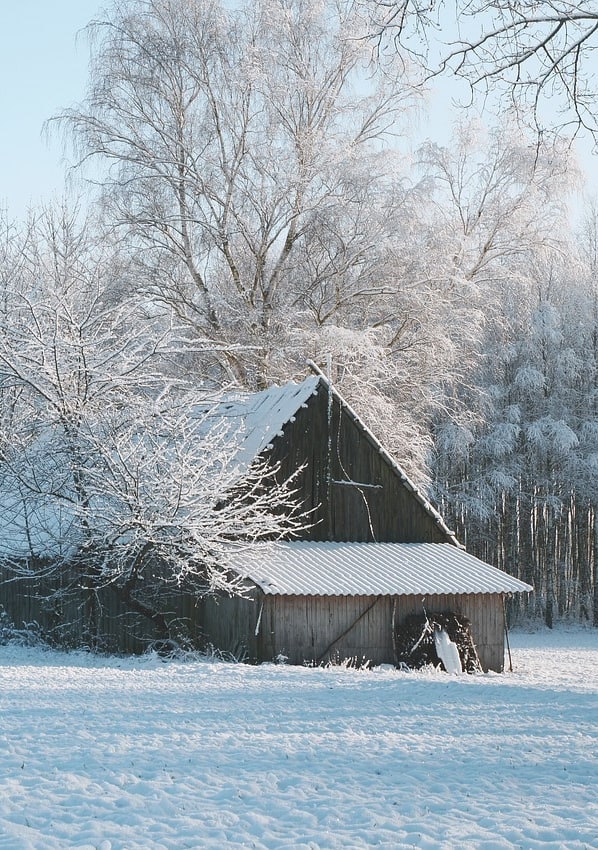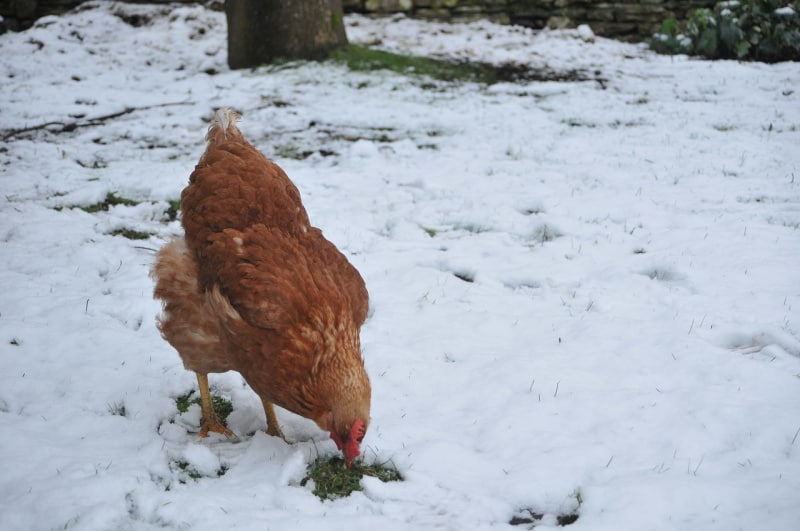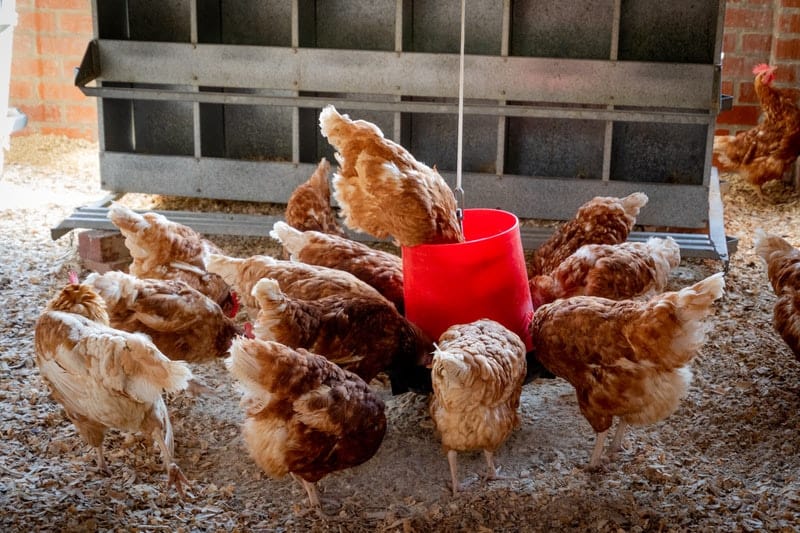Last Updated on September 5, 2020 by Ellen Christian
Preparing pets and livestock for winter weather is just as important as protecting your family from winter weather. While you and the kids can come inside when it starts to snow or the temperatures drop, your outdoor animals cannot. These tips will help you ensure that they’re warm, safe, and dry during even the coldest, wettest weather.
Posts may be sponsored. This post contains affiliate links, which means I will make a commission at no extra cost to you should you click through and make a purchase. As an Amazon Associate I earn from qualifying purchases.
Preparing Pets and Livestock for Winter
Over the years, we’ve had chickens, ducks, geese, and rabbits that lived outside. While we could have brought the rabbit inside if we had an indoor hutch, it’s not really possible to bring a dozen chickens and ducks into the house when the weather gets cold. They’d freak out and I’m sure they’d make a huge mess in the house. These winter pet safety tips will work when you cannot bring your animals inside. If you can bring them inside, that’s the best answer.
How do you protect outdoor pets in cold weather? When you have outdoor animals, it’s important that they have a shelter that’s warm, dry and protected from the elements. That may mean a barn, a hutch, a coop, a garage, or a lean-to depending on your climate and how much property you have. At a minimum, the shelter should have three sides.
Keeping pets warm in winter
During the summer or fall, be sure that their shelter is leak proof and in good repair. You don’t want to find a problem in the middle of a winter storm or need to come up with an emergency pet shelter. You will want to be sure that there is adequate fresh hay for bedding so they can stay warm. Unless you have babies, you should not need a heat lamp. If you do decide to use one, please be very careful how close you keep it to anything flammable.
Make sure that your animals have the ability to go out in the fresh air if they want to. It’s not healthy to be cooped up all winter. They should have the ability to go out during the day at least for a few hours. Ideally, they would have access to the outside during the daylight hours.
Winter food and fresh water
Make sure that they have access to drinking water that will not freeze. In colder climates, this can be a challenge. We have gone outside five or six times a day during the coldest part of the year to break up the ice in their water buckets. You can also get heated bowls that will not freeze.
Remember that your outdoor animals will need to eat more during the winter to keep warm. They can only eat so much in one sitting so make sure that the quality of food you’re feeding them is the best possible. You may also want to consider adding a supplement during the winter. Make sure that their food stays dry at all times to prevent mold.
Winter pet and livestock supply list
When the weather is really bad, I don’t like to drive anywhere I don’t have to. That’s why it’s important to keep the needed supplies on hand at all times. To be on the safe side, I make sure that we have plenty of supplies for our pets and livestock just in case we are snowed in for a few days and can’t get out.
A few things I recommend you have on hand include:
Extra pet or livestock food
Cat litter if you have cats
A few extra gallon jugs of water
Hay or bedding material
Oyster shell for poultry
Any necessary medicines or vitamins
A reference book for illnesses or injuries for your particular breed
Extra blankets in case it gets really cold
Extra light bulbs for any heat lamps
Leash and collar in case you need to leave suddenly
Pet carrier in case of emergencies
Don’t forget about your animals in an emergency situation. Plan ahead to keep everyone safe.

Ellen is a busy mom of a 24-year-old son and 29-year-old daughter. She owns six blogs and is addicted to social media. She believes that it doesn’t have to be difficult to lead a healthy life. She shares simple healthy living tips to show busy women how to lead fulfilling lives. If you’d like to work together, email info@confessionsofanover-workedmom.com to chat.




